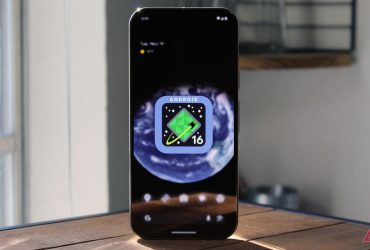

Joe Maring / Android Authority
TL;DR
- Google announced Intrusion Logging, a new Android 16 feature to help high-risk users detect if their device has been compromised by hackers.
- It securely backs up encrypted activity logs (like network info and app installs) to the cloud, accessible only to the user for forensic analysis.
- The feature uses the new Intrusion Detection API, isn’t enabled by default, and requires activating Advanced Protection mode to use.
People working in certain fields, such as government, the business sector, or journalism, face a high risk of being targeted by sophisticated hackers. These attackers often go beyond simple phishing tricks, deploying advanced malware that silently compromises a device and its data. To better protect these at-risk users, Google has announced Intrusion Logging, a new security feature in Android 16 designed to help users detect if their device has been compromised.
According to Google, Intrusion Logging is an “industry-first feature” that “securely backs up device logs in a privacy-preserving and tamper-resistant way.” These logs are “stored in the cloud using end-to-end encryption,” making them “accessible only to the user.” If a device compromise is suspected, investigators can perform forensic analysis on these logs to search for suspicious activity.
Google’s announcement today doesn’t provide many details about Intrusion Logging, but we detailed its functions in an APK teardown earlier this month. Intrusion Logging collects “activity logs” which include details such as USB connection events, network info like Browse history, app installs, Bluetooth connections, lock screen info, and Wi-Fi connections. Your activity logs are encrypted using your Google account password and device lock screen, ensuring that only you can view them. These logs are stored in a “private and encrypted Google Drive,” providing further protection against unauthorized access.
Under the hood, Intrusion Logging makes use of a new API in Android 16 called Intrusion Detection (hence its current in-development name). The API “collects various device events for off-device investigation of potential device compromise.” It’s similar to the network logging feature offered by Android’s device administration API used by enterprise management apps, but it does not require device management software and can be used by existing system apps like Google Play Services.
Although the Intrusion Detection API is already available in Android 16, Google has yet to integrate it into Google Play Services. Therefore, the Intrusion Logging feature will roll out later this year instead of with Android 16’s launch. Because of its target audience, it won’t be enabled by default. Enabling Intrusion Logging requires users to turn on the Advanced Protection security mode in Android 16.
Got a tip? Talk to us! Email our staff at [email protected]. You can stay anonymous or get credit for the info, it’s your choice.
What’s your reaction?
Love0
Sad0
Happy0
Sleepy0
Angry0
Dead0
Wink0











Leave a Reply
View Comments